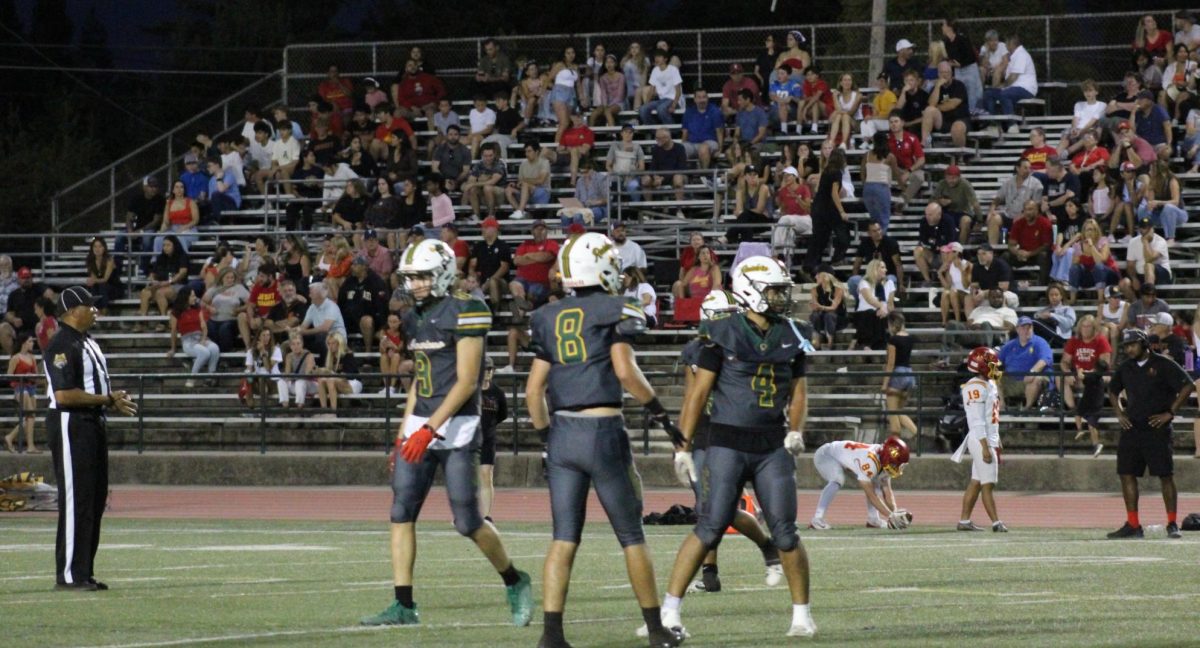Editors’ note: The following article discusses disturbing topics. Students who are struggling with these events or the coverage of them should speak to a school counselor.
After a bogus social media threat of violence against Rio Americano and hundreds of schools across the country on Sept. 13, authorities are cautioning anyone who makes a threat that they will face serious consequences.
Law enforcement had deemed that the threat against Rio Americano and five other area schools was not credible by the time Principal Cliff Kelly called families before 7 a.m. that Friday morning. But hundreds of students decided to stay home, and hundreds more left school early either out of safety concerns or because little learning was happening in their half-empty classes.
The social media threats said that Rio Americano and other San Juan Unified schools were going to be subject to violence. Threats were also made in the Sacramento City Unified school district, as well as others throughout the Sacramento region.
Local law enforcement had gotten involved, addressing this as a general school threat. Police, including from the FBI, were investigating around the clock to identify who was behind the threats.
“We urge any student who hears, sees, and knows about any potential threat of violence to the school to immediately report that information to the school and the respective police department,” said the Sacramento Police Department’s public information office in an email to the Mirada.
Sending out threats like this don’t do any good for the school’s learning environment.
“Posting threats of violence disrupts our learning environments and can cause fear, even if the author has no intent to cause harm,” San Juan Unified said in a Sept. 13 statement. “Individuals found to post threats may face criminal charges and school discipline.”
Criminal charges for threats towards schools can be a misdemeanor or a felony. If the charge is deemed a misdemeanor then a person can experience up to one year in jail and/or up to a $1,000 fine. If the charge is deemed a felony then a person can serve anywhere between 16 months, two years or three years in prison.
Rio’s principal explained that the threat was not as specific as some assumed.
“This message that initially came out was a message throughout the United States, then it came to Sacramento, then it chopped our name in, and then the same message chopped in other schools in the district as well as other schools in Sacramento,” Kelly said. “It kept coming out new and revised, so it was a message sent throughout the United states to various areas, various schools.”
As an extensive investigation went on, it became more clear that the threat was never credible.
“There was no specific threat to Rio Americano. It was the same threat that went out to 150 or more schools throughout the United States,” Kelly said. “We took it as a threat because we always have to and it’s reported to our Safe Schools division, and Safe Schools report it to the sheriff. But then our person, as our director of our Safe Schools, coordinates with all the local law enforcement and also coordinates with the FBI and various other police organizations.”
Law enforcement has yet to determine the source of these threats or who posted them. Those behind threats at some other schools have been identified.
A main driver for what made the Sept. 13 threat more alarming and widespread was the constant reposting of it on social media. This was seen most on both Instagram and Snapchat.
“The night before school I heard about the threats from my friends and hadn’t really taken it seriously, but the next morning my parents had stopped me from going to school because of the email they had received from the school,” said a Rio junior who wished to remain anonymous. “Throughout the day people kept reposting the threat and screenshots of it on their Instagram stories telling people to stay safe.”
Law enforcement and school officials advise students and families to report threats to the school directly instead of posting about it on social media. Reposting threats, especially those that are not credible, can cause unnecessary panic and stress.
































